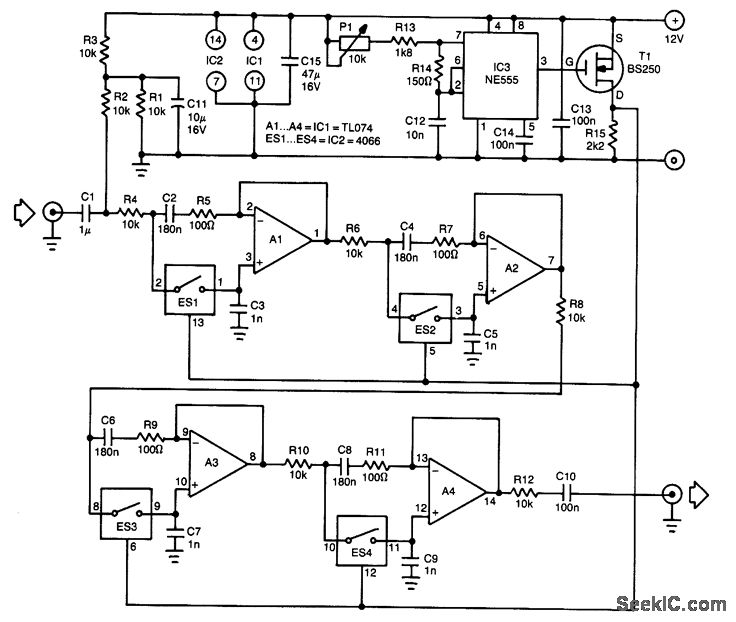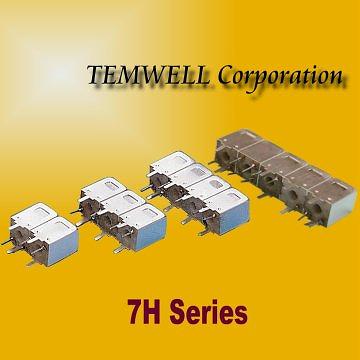

If you’re modeling a cascaded network with a filter stage, you can use a frequency transformation with a transfer function to generate new transfer functions as part of a cascaded network.

Modeling Digital Filters in Cascaded Networks These are normally part of a larger algorithm that is modeled as a cascaded network. For example, you may need to determine whether a low-pass filter or band-pass filter is more desirable for processing an arbitrary waveform in the time domain. In digital filters that use discrete sampling, the standard filter topologies have definitive transfer functions, and conversion between different types of filters is very useful for designing a signal processing algorithm. Using these formulas, you can calculate the important points you would see in a Bode plot for the new filter (poles, zeros, and resonances).įormulas needed to convert a low pass filter transfer function into transfer functions for other filters. For the high pass filter, any zeros are denoted using ⍵. In this set of equations, the pole of the initial low pass filter is:Īnd the frequencies are denoted using F. The equations used for frequency transformation in filter design are shown below. The conventional approach is to start with a low pass filter that has a known transfer function. The conventional method is to take a low pass filter transfer function of any order, determine its poles and zeros, determine its bandwidth, and then transform these quantities into the values you would see in the other types of fundamental filters. As long as the low pass filter transfer function is known, the conjugate filter’s transfer function can be determined.

Formulas for Frequency Transformation in Filter DesignĪ frequency transformation is used in LTI system design and analysis to compute the transfer function of a high pass, bandpass, or bandstop filter directly from the transfer function for a low pass filter. To get started, you’ll need the formulas for a frequency transformation in filter design. The goal of using a frequency transformation in filter design is to examine how a filter’s individual response plays a role in the larger circuit response in a larger electrical network.

Once the impulse responses for different filter topologies are known, measurements can be incorporated into larger circuit networks involving multiple filters, amplifiers, or other signal processing stages. The central idea in a frequency transformation in filter design is to convert impulse response for one filter topology into the analogous filter response for a different topology which, in turn, improves signal strength. Your next analog, digital, or mixed-signal linear system can employ many different filters, and filter responses can be related using a frequency transformation. Once you use a frequency transformation in filter design, you can apply standard simulation tools to examine electrical behavior for your filter stages and analog circuit networks.Ī frequency transformation in filter design lets you convert between transfer functions for standard filter topologies.Īnalog and digital signal processing in networking cables or connections make copious use of filters to attenuate signals in various bandwidths. New filter transfer functions can be designed from low pass filter transfer functions using a frequency transformation. Signal processing makes use of sampling, impulse response functions, and transfer functions to produce desired filtering behavior.


 0 kommentar(er)
0 kommentar(er)
